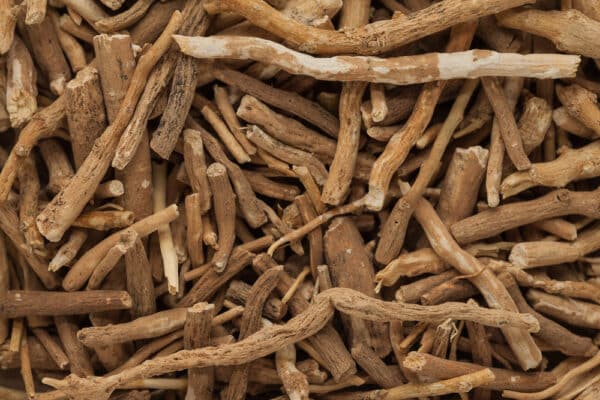
With Ayurvedic medicine being all the rage right now, you may have heard about the wonder herb Ashwagandha. It’s a key herb used in the ancient Indian medical system, and its numerous health benefits are beginning to reach the eyes of science.
The Sanskrit translation of Ashwagandha is “the smell of a horse.” While seeming goofy, it actually relates to the herb’s ability to impart the strength and vigor of a horse. “Healthy as a horse,” as the saying goes. So below are several reasons why you should look into Ashwagandha.
Ashwagandha and its many health benefits
The power herb Ashwagandha has been used for more than 3,000 years. And it’s used to treat a wide variety of ailments. Traditionally, it was used as a general herb to help build, strengthen and nourish the body.
The herb has been used in traditional Ayurvedic medicine to help level out disrupted sleep and build a healthy immune system. It has also been traditionally used to support back and joints. It balances out the vata and kapha constitutions in Ayurvedic medicine. These are energies or associations with space/air (vata) and earth/water (kapha). These elements in balance can lead to the whole health of the individual.
Scientifically, the herb can help reduce stress by lowering cortisol (the “stress hormone”) levels. Science has caught up to this use and measured Ashwagandha lowering cortisol levels. Also, true to its traditional roots, the herb has been shown to be an effective supplement to help with the increase of muscle mass from exercise, leading to greater strength. It also acts as an anti-inflammatory, and it improves insulin sensitivity, helping to regulate blood sugar. Currently, one of the most popular scientific findings of the herb is that it has also been found to possibly help with thyroid function, and it may provide a possible role in treating hypothyroidism.
How to incorporate Ashwagandha into your diet
With all the profound benefits of this herb, you may be wondering how to start using it today. The herb is available in powder, tablet and liquid extract forms.
Traditionally, people took it as a powder by mixing it with warm milk and honey before bed. An eighth of a teaspoon of the Ashwagandha powder is usually added to a cup of stove-heated milk, and then optional raw honey is added to taste. Though some doses go up to a quarter to a half-teaspoon of the herb once or twice daily. It can also be combined with sugar.
Otherwise, a common method of taking this herb is to go for the capsules or liquid form. These will come with their own dosing instructions, leading to ease of use.
Ashwagandha can also be added to cooking. You can make a simple tea out of the dried Ashwagandha root by boiling it in water for fifteen minutes. You use about a dash of the dried root to about three cups of water. Finish by straining the root out. Drinking two to three cups per day is a typical recommendation. A teaspoon or so of the Ashwagandha root powder can also be added to your favorite smoothie.


Jaime says
Great article! I loooove ashwaghanda. Anyone interested in this stuff should definitely check out the book Everyday Roots. It teaches you how to replace all of the harmful chemical products in your life with organic ones. It's completely changed my life and how I feel everyday 🙂